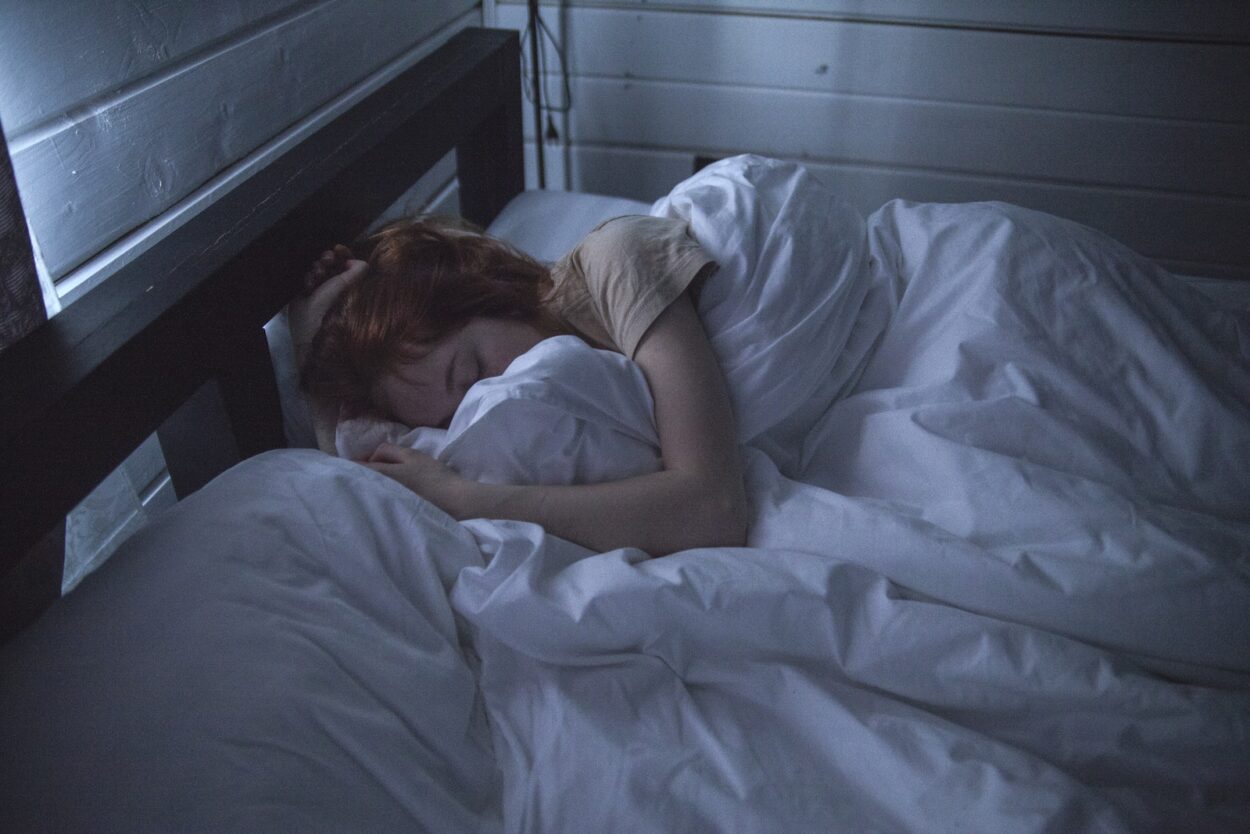Do you wake up with your eyes wide open and staring, acting confused and unresponsive? Or do you have an episode of sleepwalking or sleep terrors?
Confusional arousal disorder (CA) is a primary parasomnia that usually appears in childhood and tends to decrease with age. It may be triggered by certain mental health disorders and some medications.
Symptoms
A person with confusional arousal disorder experiences partial awakenings from deep non-rapid eye movement (NREM) sleep, called slow wave sleep. These episodes usually last less than 15 minutes. People with this condition feel confused, disoriented and often agitated. They may do things like mistaking a bedside water bottle for a telephone — leading to self-dousing and other injuries — or going into the closet thinking it’s a toilet. They may also try to leave the bed or wander the house and become lost.
The symptoms of confusional arousal disorder can look similar to those of sleepwalking and sleep terrors, although the latter are characterized by more intense panic and distress. In all three disorders, a person wakes from slow wave sleep but has no recollection of the episode or what led to it.
A sleep specialist usually diagnoses this disorder by taking a patient’s medical history and conducting a physical exam. A doctor might ask the patient to keep a sleep diary for two weeks or perform an in-lab sleep study, which observes a person’s brain waves, limb movements and breathing during snooze time. If it appears that confusional arousals are caused by an underlying sleep disorder, treating that should end the episodes. In cases where no underlying cause can be found, doctors might recommend medications to shorten the slow-wave sleep cycle.
Causes
As with sleepwalking and sleep terrors, confusional arousals are part of a group of non-REM parasomnias called “disorders of arousal.” They occur during partial arousal from deep, NREM sleep and involve confused, irritable behavior. People in this condition behave as though they are drunk and disoriented, and they have difficulty waking up completely. They may stay in bed and appear confused, or they might wander from the bedroom and display agitated behavior. This behavior can last from a few minutes to hours. In a recent survey, 15% of people reported experiencing episodes of confusional arousal in the past year. This condition is more common with children than adults, and it tends to decline with age. People who experience these episodes often develop sleepwalking later in childhood or adolescence.
The causes of confusional arousals aren’t fully understood. However, a number of factors have been associated with the disorder. They include alcohol abuse, some types of mental disorders and medications. The most common psychiatric conditions that can cause confusional arousals include anxiety, depression and panic disorders. Medications that affect the central nervous system, including antidepressants, benzodiazepines and clonazepam, are also associated with the disorder.
A diagnosis is usually made based on a history of these episodes and a physical examination. A polysomnogram (sleep study), a sleep diary and information from the person’s sleeping partner may be used to confirm the diagnosis.
Diagnosis
Although the episodes may seem strange and unnerving, confusional arousal is not dangerous. However, repeated episodes may lead to psychological distress and affect work performance. During an episode, you are not fully awake and your actions are not well-coordinated. As a result, you might accidentally injure yourself or others nearby. Episodes are also common in children and may be a precursor to sleepwalking and other parasomnias.
According to the International Classification of Sleep Disorders, 3rd Edition (ICSD-3), confusional arousal is classified as a non-REM sleep parasomnia. It is similar to sleepwalking and sleep terrors and is associated with incomplete arousal from slow-wave sleep and trigger priming from other factors that deepen or fragment the sleep cycle. While confusional arousals in childhood are usually harmless, in adulthood they may be accompanied by a variety of behavioral disorders including aggressive behaviors or even homicide and suicide attempts.
To diagnose the disorder, a sleep specialist will review your symptoms and medical history. They will likely ask you to keep a sleep diary and talk with your sleeping partner. They might also recommend polysomnography (a sleep study) to measure your breathing, heart rate and limb movements while you are asleep. These tests will allow the sleep specialist to rule out a number of other causes, such as medication, psychiatric disorders or other health problems.
Treatment
Confusional arousal episodes are a common sleep disorder, particularly in children. However, they tend to decrease in frequency with age. In some cases, they can be triggered by alcohol ingestion, certain medications, or gastroesophageal reflux disease (GERD). In adults, sleep deprivation is often the culprit.
During an episode of confusional arousal, the individual seems to wake up but acts as though they are confused and disoriented. They remain in bed but may sit up or move around while asleep, and they have trouble understanding simple questions or responding to them in a sensible way. The episode may last minutes to hours.
This type of confusional arousal is not as severe as sleep terrors or sleepwalking, and usually the individual is easily calmed and returns to sleep. In some cases, the person will resist being guided or directed during the episode and can lash out violently. For example, the person might mistake their water bottle for a telephone and try to answer it or may urinate in a closet thinking that it’s a bathroom.
Although a sleep specialist would have to examine the patient for other causes of these episodes, the most common treatments are non-pharmacologic and focus on improving sleeping habits. For example, it’s important to create a safe environment and avoid things that can trigger or increase these episodes. Also, a person with a history of these episodes should avoid medications such as sedatives and anti-anxiety drugs.




Leave a Comment